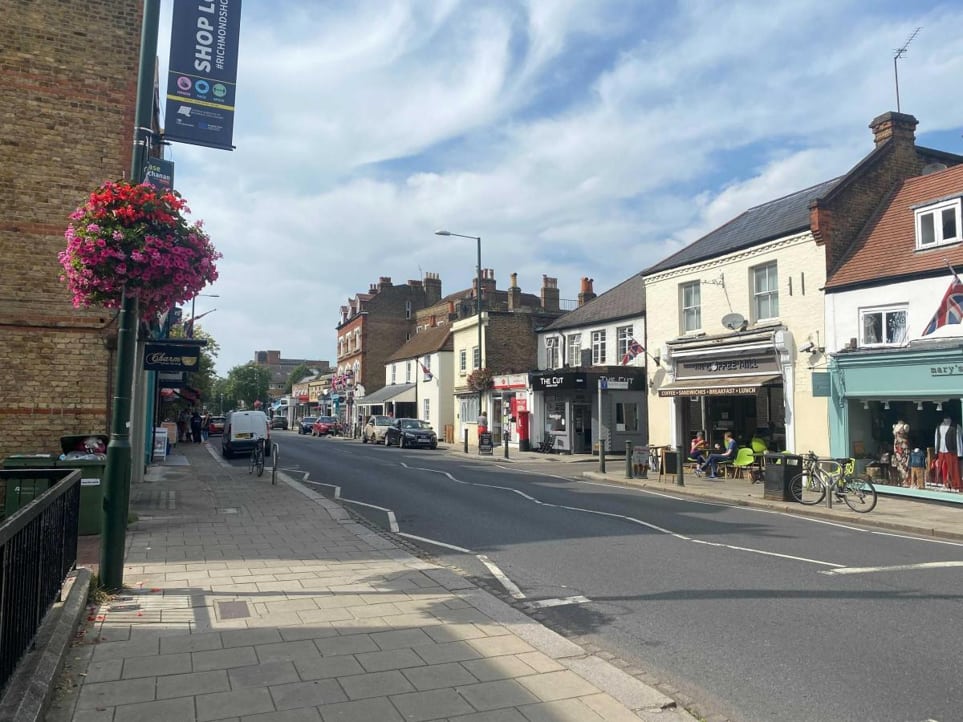How to Successfully Apply for Change of Use in Richmond Teddington
Richmond Teddington, two of London’s most sought-after residential and commercial hubs, have seen a significant rise in property transformation projects in recent years. Whether you are a homeowner looking to convert a residential space into a commercial unit or a business owner seeking to repurpose a retail shop into a café, navigating the Change of Use process is crucial. Understanding planning permissions, building regulations, and local authority guidelines ensures that your project is legally compliant and meets all required standards.
In this comprehensive guide, we explore the Change of Use process in Richmond and Teddington, including planning requirements, permitted development rights, key considerations, and benefits of converting property use.
What is Change of Use?
The term Change of Use refers to the process of altering the function of a property from one designated use class to another. In the UK, properties are classified under the Use Classes Order, which determines how a building or land can be utilized. Any major transformation from one class to another may require planning permission from the London Borough of Richmond upon Thames.
Common Change of Use Requests in Richmond & Teddington
- Residential to Commercial (e.g., turning a house into a boutique hotel, café, or office space)
- Commercial to Residential (e.g., converting an unused shop or office into apartments)
- Retail to Hospitality (e.g., transforming a high street shop into a restaurant or takeaway)
- Industrial to Residential (e.g., repurposing a warehouse into loft-style apartments)
- Office to Residential (e.g., converting unused office spaces into housing units)
Understanding Use Class Categories
The UK government revised the Use Class Order in 2020, simplifying classifications to encourage property adaptability. Here are some key use classes relevant to Richmond Teddington:
- Class E (Commercial, Business & Service) – Covers shops, restaurants, offices, and health services
- Class C3 (Residential) – Houses, flats, apartments
- Class C1 (Hotels & Guest Houses) – Short-term accommodations
- Sui Generis – Uses that do not fit into a single category (e.g., pubs, cinemas, nightclubs, betting shops)
Does Change of Use Always Require Planning Permission?
Not always! Some changes fall under Permitted Development Rights (PDR), meaning they do not require full planning applications. However, in conservation areas or with listed buildings (common in Richmond and Teddington), additional permissions may be necessary.
Examples of Permitted Changes:
- Shops (Class E) to Restaurants or Cafés (Class E) – No permission needed.
- Office (Class E) to Residential (Class C3) – Permitted under prior approval rules.
- Agricultural Buildings to Residential – Requires prior approval.
For major transformations or external modifications, a full planning application is necessary. Consulting a local architects or planning consultant can help streamline this process.
The Planning Permission Process in Richmond & Teddington
Step 1: Determine If Permission is Needed
Start by checking whether your proposed Change of Use falls under Permitted Development or requires a full application.
Step 2: Submit a Planning Application
If required, submit your Change of Use application to Richmond Council’s Planning Department, including:
- Detailed drawings of proposed changes
- Justification for the change
- Impact assessment (traffic, noise, waste management)
Step 3: Public Consultation & Council Review
The council may notify nearby residents and businesses, allowing them to comment on your proposal. The process typically takes 8 to 12 weeks.
Step 4: Approval or Rejection
If approved, you can proceed with your project. If rejected, you may appeal the decision or revise your plans.
Key Considerations for Change of Use in Richmond & Teddington
- Heritage and Conservation Areas – Many parts of Richmond and Teddington fall within conservation areas, meaning stricter regulations apply.
- Impact on the Community – Large-scale changes (e.g., converting a pub into flats) might face local opposition.
- Building Regulations Compliance – Any structural alterations must meet current building safety codes.
- Business Licensing – If changing to a business (e.g., restaurant, Airbnb), you may need additional licenses.
- Parking & Transport Considerations – Will the change affect traffic or parking availability?
Benefits of Change of Use in Richmond & Teddington
1. Increased Property Value
Converting a commercial space into residential apartments or vice versa can significantly boost property value and rental yield.
2. Business Expansion Opportunities
Transforming a vacant retail unit into a trendy café or co-working space can revitalize the area and attract customers.
3. Meeting Housing Demand
With a growing demand for housing in Richmond and Teddington, converting offices or industrial spaces into apartments can help meet local needs.
4. Sustainability & Regeneration
Adaptive reuse of buildings reduces the environmental impact of new construction and supports urban regeneration.
Conclusion
Navigating the Change of Use process in Richmond and Teddington requires careful planning, legal compliance, and an understanding of local regulations. Whether you’re a homeowner, investor, or business owner, ensuring that your project aligns with Richmond Council’s guidelines is crucial for success. By leveraging permitted development rights, expert advice, and thorough planning, you can efficiently transform properties while maximizing investment potential.
For professional guidance, consider consulting a local planning expert to streamline your Change of Use application and bring your vision to life!



No responses yet